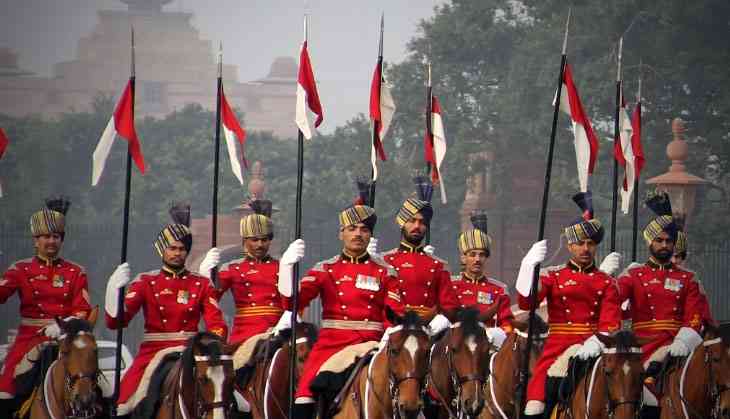A PIL rekindles debate on Indian Army's role in furtherance of caste

A public interest litigation (PIL) filed in Punjab and Haryana High Court has reignited a particularly vexed debate about a fiercely defended tradition of one of the country's most hallowed institutions.
A 19-year-old college student in Gurgaon, Saurav Yadav, has filed a PIL that has questioned the recruitment process for selection of the President’s bodyguards. The process, the plea says, is caste-based.
Yadav has said this recruitment was held by the director of the Army Recruitment office in September 2017 and he saw an advertisement issued for the process. The advertisement allegedly made it mandatory for only three castes – Jat Sikhs, Hindu Jats and Hindu Rajputs – to apply.
This, the plea has alleged, is “gross violation of the Constitutional rights of all eligible citizens of India who are legally entitled to be recruited as the President’s bodyguards”.
While the court will continue to hear the PIL on 8 March, this is not the first time this issue has come up in the courts. In fact, the Supreme Court dealt with a similar plea as recently as last month, before dismissing it. That plea had also alleged that candidates from only these three castes were recruited as the President's bodyguards and that this practice was caste biased and discriminatory.
A SC-bench headed by Chief Justice of India Dipak Misra dismissed the plea, ruling that “the President of the Republic cannot be made subject matter of a PIL”. This ruling, however, did not address the issue a hand and the questions it raises.
Who / what are the President's Bodyguards?
The President's Bodyguard is an elite regiment of the Indian Army whose primary role is to escort and protect the President. Its present strength is of about 200 officers and cavalrymen. First raised in 1973, its nomenclature and role has changed from Governor's Troop of Mughals to Governor-General's Bodyguard (1946), before getting the present avatar in 1950.
Its modern nature, therefore, is essentially a British-era legacy.
What's the litigant's complaint?
The latest PIL, similar to several ones previously filed, alleges that the Indian Army recruits only three select castes in this regiment and that flies in the face of the Constitution's commitment to end discrimination on the basis of religion, race, caste, sex or place of birth.
Is recruitment really caste-based?
Technically, yes. The Army had admitted this in the Supreme Court in 2013. However, it had asserted that this was done purely on "functional requirement", without any caste and religion bias.
Was it always like this?
Military historians claim that in the regiment's initial years, Muslims from the Awadh region in Eastern Uttar Pradesh were inducted. Hindus (Rajput & Brahmins) from the same region were allowed to join later. Later on, the area of recruitment shifted from the Bengal Presidency to the Madras Presidency.
The revolt of 1857 forced the Britishers to change the centre of recruitment to North India.
Consequently, Sikhs and Punjabi Muslims were enlisted. The recruitment of Brahmins & Rajputs reportedly ceased later on for reasons not entirely clear. Till very recently, mixed races were a part of the regiment but presently, only Hindu Jats, Sikh Jats & Rajputs are taken and in equal numbers.
So what is the criticism?
It has often been argued that medieval rulers implemented various kinds of discriminatory practices while recruiting soldiers, for a gamut of strategic reasons. The Britishers also continued this practice with their own models of enlisting troops on ethnic lines. An independent India, which is committed to an egalitarian order, must not continue with this colonial hangover.
First published: 21 February 2018, 17:10 IST

